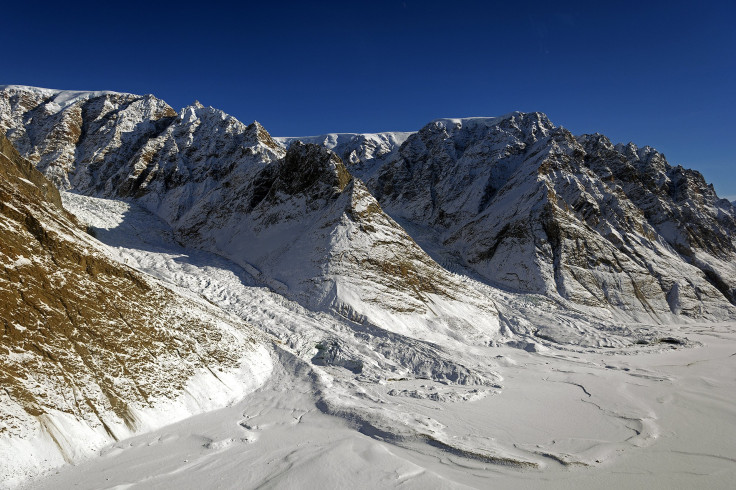Ancient Tundra Landscape Preserved Under Greenland Ice Sheet Hints At Region’s Green Past

Scientists have found an ancient tundra landscape preserved under the Greenland ice sheet, a discovery which, researchers say, has provided strong evidence that the formation has existed much longer than previously thought, surviving previous manifestations of climate change.
The scientists were surprised to find the landscape below two miles of ice as glaciers and ice sheets scrape off everything -- vegetation, soil and even the top layer of bedrock -- as they move over land. According to scientists, Greenland is a place of great interest to them and also to policymakers, as the stability of its huge ice sheet will influence how fast global sea levels rise due to human-caused climate change.
“The ancient soil under the Greenland ice sheet helps to unravel an important mystery surrounding climate change,” Dylan Rood of the University of California at Santa Barbara and the study’s co-author said in a statement, adding that the findings, published in the journal Science, could help explain how big ice sheets responded to changes in temperature.
According to Paul Bierman from the University of Vermont and the study’s lead author, scientists found organic soil that has been frozen to the bottom of the ice sheet for 2.7 million years, leading them to conclude that even during the warmest periods since the ice sheet formed, the center of Greenland remained stable.
As part of the study, the scientists tested 17 samples of “dirty ice” -- ice with sediment mixed in -- from the bottommost 40 feet of the 10,019-foot GISP2 ice core extracted from Summit, Greenland, in 1993. From this sediment, the scientists extracted an isotope called beryllium-10, a rare form of the element. The longer soil is exposed at Earth's surface, the more beryllium-10 it accumulates, according to scientists.
“On a global basis, we only find these sorts of beryllium concentrations in soils that have developed over hundreds of thousands to millions of years,” Joseph Graly, a co-author of the study, said in the statement.
The scientists also measured nitrogen and carbon that could have been left by plant material in the core sample. The composition of the material suggested that the pre-glacial landscape may have been a partially forested tundra.
“Greenland really was green! However, [that] was millions of years ago,” Rood said. “Before it was covered by the second-largest body of ice on Earth, Greenland looked like the green Alaskan tundra.”
The Greenland ice sheet has 656,000 square miles of ice, which contain enough water to raise global sea levels 23 feet, if fully melted.
“There is 2.7-million-year-old soil sitting under Greenland,” Bierman said. “The ice sheet on top of it has not disappeared in the time in which humans became a species. But if we keep on our current trajectory, the ice sheet will not survive. And once you clear it off, it’s really hard to put it back on.”
© Copyright IBTimes 2025. All rights reserved.






















